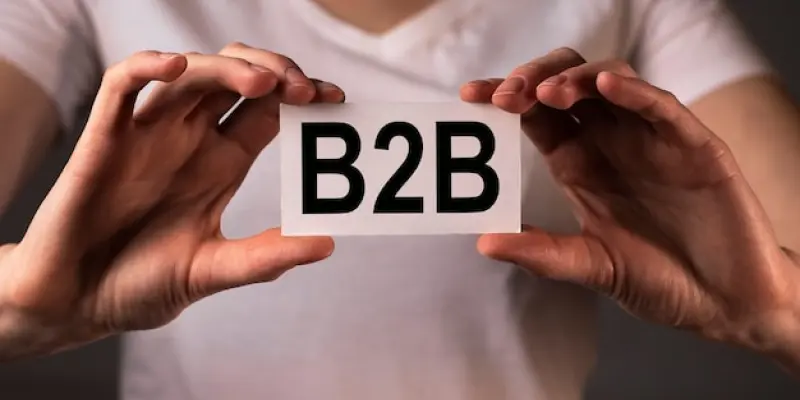In the fast-paced world of B2B marketing, the gap between when prospects download content and when they actually consume it is widening, posing new challenges for businesses. Recently, the “Consumption Gap,” as reported by industry leaders, has expanded, reaching an impressive 39 hours on average. This gap signifies the time lapse between the moment content is requested and when it is finally opened and read. This trend disrupts the traditional lead nurturing processes, where immediate responses are assumed to yield better conversion rates. However, if the content is not engaged with promptly, follow-up strategies can become ineffective, and even engaging prospects too early might unfortunately irritate them. This article delves into the implications of the Consumption Gap and explores innovative strategies to bridge it, ultimately aiming to enhance lead conversion rates.
Understanding the Consumption Gap Impact
The Consumption Gap emerges as a critical factor in B2B marketing, as it directly affects how quickly and efficiently prospects engage with the material provided. Businesses typically respond to content download requests by directing users to hosted PDFs and initiating automated email follow-ups. However, this approach assumes that the content is accessed and read immediately. With the average delay extending to nearly two days, it becomes evident that initial engagement efforts might be mistimed, reducing their effectiveness. Moreover, if nurture emails or sales outreach occurs before the prospect has had a chance to review the material, it risks setting a negative tone, potentially deterring future interactions. This dichotomy between traditional lead response strategies and actual consumer behavior calls for a reevaluation of how content delivery and follow-up align with user habits. Addressing the Consumption Gap requires a shift toward a more consumer-centric approach. Instead of funneling prospects directly to PDF downloads, marketers should consider redirecting them to a thank you page first. This page can serve multiple functions: it acknowledges the interest, offers additional related resources, and outlines avenues for further inquiries. Additionally, informing the user via this page that the requested content will be sent to their email provides convenience for later consumption. Such steps help align marketing practices with actual user behaviors. The resulting effect is twofold: improved efficiency in capturing valid email addresses and reducing the incidence of uninterested or invalid leads. This approach reinforces the need for timely and contextually appropriate follow-up, only after the content is confirmed as read by the user.
Implementing a Buyer-Centric Strategy
Transitioning to a buyer-centric model involves rethinking the standard procedures associated with gated content. One effective strategy involves moving away from instant access to hosted PDFs. Instead, after a prospect completes a content request, they should be directed to a thoughtfully designed thank you page. This page can express gratitude for their interest, highlight related content or initiatives, and provide clear directions for subsequent steps, including a note about where the content has arrived: their inbox. By doing so, businesses can ensure that prospects have the time and flexibility to engage with the material when convenient, aligning content delivery with actual consumption behaviors.
The next step is crafting a fulfillment email to accompany the content. This email should echo the thank you page’s information, offering easy access through a direct link to the content. Importantly, this email also enhances the potential for the content to be shared with colleagues, effectively broadening its reach. By incorporating related materials and options for re-engaging with the company within both the thank you page and the email, marketers provide motivated prospects with immediate opportunities to take further action. More importantly, this approach facilitates more appropriate and timely follow-up, as businesses can track when a prospect clicks to access the content. Therefore, subsequent interactions, such as sales calls or additional emails, are better timed to when the prospect is indeed ready to engage, making the entire process more effective.
Leveraging Enhanced Conversion Opportunities
The Consumption Gap stands out as a crucial aspect in B2B marketing, influencing how swiftly prospects engage with offered content. Typically, businesses respond to content download requests by directing users to hosted PDFs, followed by automated emails. This method presumes immediate content access and reading. However, with delays averaging nearly two days, these initial engagement efforts may be mistimed, reducing their impact. If nurture emails or sales outreach occur before a prospect reviews the material, it risks creating a negative impression, potentially hindering future interactions. This gap between traditional lead strategies and real consumer behavior prompts a reevaluation of content delivery and follow-up strategies to better align with user habits. To tackle this, a shift towards a consumer-centric approach is necessary. Marketers should consider directing prospects to a thank you page first, acknowledging interest and offering further resources. Informing users the content will be emailed facilitates later consumption, enhancing engagement efficiency and ensuring leads are genuinely interested before follow-ups occur.

